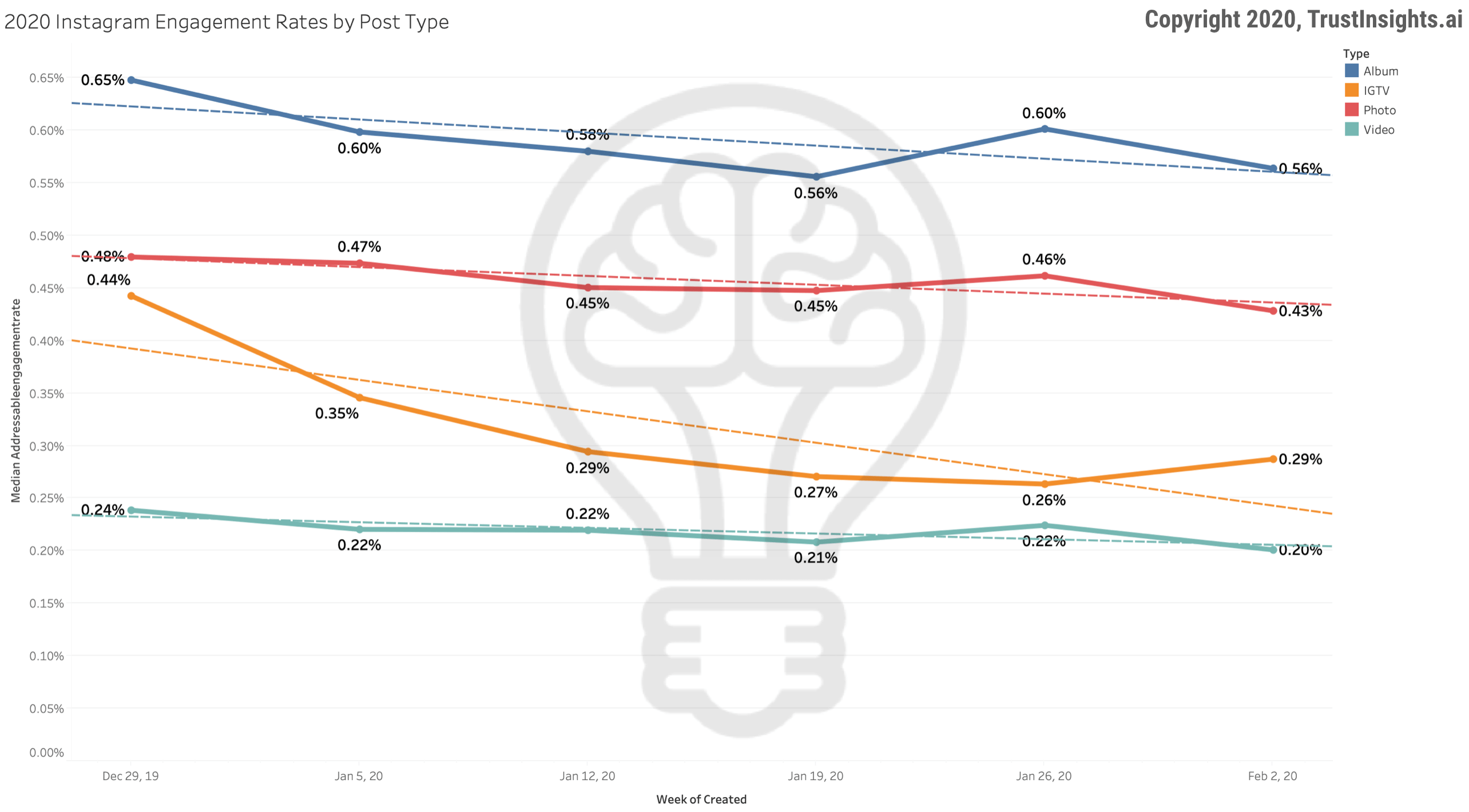What is social media?
This seems like a ridiculous question on its face, doesn’t it? Social media is Facebook. Twitter. LinkedIn. Instagram.
But it’s not. Yes, those social networks are social media, but the definition is much bigger. Social media is any content hub in which the value of the media is contingent on the network effect. The network effect, coined by Bob Metcalfe (inventor of Ethernet), is a mathematical principle and theory that the value of a network is proportional to the square of the number of users. One person owning a telephone is uninteresting. Two people is more interesting – they can call each other. And as each new person who buys a phone gains benefit from the network, so does every owner of a telephone. Twitter would be useless if you were the only user on it.
Consider your blog. A blog post’s value doesn’t change to the individual reader with more people reading it. A book doesn’t change value to an individual reader with more copies of the book. A newsletter doesn’t change value with more subscribers. These are forms of content that don’t have network effects.
Now, look around at the places people congregate and contribute content for each other. Suddenly, social media is much larger than just the big tech company networks. All these sites and hubs qualify as places subject to the network effect:
- YouTube
- Quora
- Slack
- Discord
- Twitch
- 500px
- Stack Overflow
- Spiceworks
- Pokemon Go
- Github
Each of these is a social network. In fact, any place that relies on user-contributed participation is a social network, because the more users there are, the greater value the network has.
Which means that if you’re not seeing results from the big tech company social networks, perhaps it’s time to look farther afield for a user-contributed content hub in your own industry or vertical. If there isn’t one? You have a rare opportunity to create it and be the thought leader and community curator in your space.
It also means you should rethink what you classify as social media in your analytics. If you’re a tech company, for example, and you’re active on Spiceworks, you should treat that traffic as social instead of referral so that you see the benefits and impact in your measurement strategy.
Social media is what we do, not what a company’s tech infrastructure provides. Look for social media, for the network effect, in your industry today.

This week’s Bright Idea is our Video-First Transmedia Content Framework. There’s no question that marketing is hungrier for content than ever before, but generating content at scale can be a daunting task. Fortunately, if you follow the Video-First Transmedia Content Framework, one piece of video can become many, many pieces of content.
Download the PDF, no form required >

This week’s Rear View Mirror looks at Instagram post types in the main feed and performance, year to date (Stories data is not available in the API). Instagram has four primary content types in the main feed – individual photos, albums (carousels), videos, and Instagram TV (IGTV). How has each type of content performed in terms of engagement for brands in 2020 so far? We looked at 171,908 posts by 3,874 brand accounts since January 1, 2020:

What do we find in our results of engagement rates?
- Albums have the highest overall engagement rate, at roughly 0.56%, which has declined since the beginning of the year when it was averaging 0.65%.
- Photos have the next highest overall engagement rate, averaging 0.43%, also declined since the beginning of the year at 0.48%.
- IGTV has been a bit of a roller coaster, starting the year at 0.44% and most recently at 0.29%.
- Finally, video has been mostly flat at 0.20%, down from 0.24% at the beginning of the year.
What takeaways should we glean from this? Recall that while Stories data isn’t included in Instagram’s API, since their launch in 2016, Instagram stories have been of ever-increasing interest to users. Stories may potentially be taking away video views, resulting in video’s poor performance. For content on main feeds, brands should continue to experiment, but lean towards albums (carousels) to spur engagement, as long as the content is good.
Methodology Disclosure: Trust Insights used Facebook’s Crowdtangle software to extract 171,908 posts from 3,874 brands. Stories are not included in the API and thus are not represented. Brand accounts were curated by Crowdtangle and then augmented by Trust Insights. The timeframe of the study is January 1, 2020 to February 8, 2020. The date of extraction is February 11, 2020. The last 3 days of data were truncated to allow for post content to mature, given the non-chronological nature of Instagram’s algorithm. Trust Insights is the sole sponsor of the study and neither gave nor received compensation for data used, beyond applicable service fees to software vendors.

- Ask a “Silly” Marketing Analytics Question
- Save Time and Money With Automated Content Curation
- Applications of AI for Inbound Marketing at IMF20
- {PODCAST} In-Ear Insights: Data Analytics Requirements Gathering
- Marketing Analytics, Data Science and Leadership via February 10, 2020 Week In Review
- Twitter Chat: Data Science 101, Video Edition from Content Marketing World via Trust Insights Marketing Analytics Consulting
- 2020 Data-Driven Marketing Trends Report

Shiny Objects is a roundup of the best content you and others have written and shared in the last week.
Social Media Marketing
- ‘A bit impersonal’: The rise of influencer marketing agencies rankles influencers via Digiday
- The Rundown: Not even TikTok can break the agency model via Digiday
- How to Dominate Instagram Stories via Technosoups
Media and Content
- 4 Examples of Great Content Marketing in the Energy Sector
- 9 Things Marketers Need to Know About Original Research via Brandwatch
- Introducing The New BuzzSumo YouTube Analyzer via Brandwatch
Tools, Machine Learning, and AI
- 10 Rules Entrepreneurs Need To Know Before Adopting AI via Harvard Business School Working Knowledge
- AI, automation, and the cybersecurity skills gap via VentureBeat
- Google’s Meena is impressive, but AI chatbots are still cheap imitations of humans
Analytics, Stats, and Data Science
- Pandas 1.0.0 is Here: Top New Features of Pandas You Should Know via Python and R Tips
- You Ask, I Answer: How Marketing Data Science Fixes Analytics Tools?
- You Ask, I Answer: How to Hire a Marketing Data Scientist?
SEO, Google, and Paid Media
- Position Zero Is Dead; Long Live Position Zero via Moz
- 7 SEO Processes That Get Easier with Increased PageRank/DA via Moz
- Is it goodbye to spam and adios pop-up ads? Next-gen platform sends sales and marketing into stealth mode via SiliconANGLE
Business and Leadership
- Digital marketing in China: What are the key trends? Econsultancy
- 6 Ways That Emerging Technology is Disrupting Business Strategy via Harvard Business School Working Knowledge
- [20 Ways to Excite Employees in 2020 by @DrRKayGreen via She Owns It](https://trustinsights.news/r2b3b)
Got a “Silly” Question?
One of the things we’ve found with friends and colleagues is that you have questions you don’t feel comfortable asking in front of your peers for fear of appearing less knowledgeable. We all have those questions – they start with phrases like, “I really should know this but…” or “I’m so embarrassed to ask this, but…”
So we’ve put up a page where you can ask those questions anonymously, and we’ll answer them here or on our blog, podcast, YouTube channel, newsletter, etc. without ever naming names.
If you’ve got a question that you want to ask privately/anonymously, go ahead and ask it here!
Join the Club
Are you a member of our free Slack group, Analytics for Marketers? Join 800+ like-minded marketers who care about data and measuring their success. Membership is free – join today.
Upcoming Events
Where can you find us in person?
- Agorapulse Social Success Summit 3.0, February 2020, Online
- Social Media Marketing World, March 2020, San Diego, CA
- MarTech West, April 2020, San Jose, CA
- ContentTech Summit, April 2020, San Diega, CA
- HELLO Conference, April 2020, New Jersey
- Women in Analytics, June 2020, Columbus, OH
- MAICON 2020, July 2020, Cleveland, OH
Going to a conference we should know about? Reach out!
Want some private training at your company? Ask us!
In Your Ears
Would you rather listen to our content? Follow the Trust Insights show, In-Ear Insights in the podcast listening software of your choice:
- In-Ear Insights on Apple Podcasts
- In-Ear Insights on Google Podcasts
- In-Ear Insights on all other podcasting software
Social follow buttons
Make sure you don’t miss a thing! Follow Trust Insights on the social channels of your choice:
Required FTC Disclosures
Events with links have purchased sponsorships in this newsletter and as a result, Trust Insights receives financial compensation for promoting them.
Trust Insights maintains business partnerships with companies including, but not limited to, IBM, Talkwalker, Zignal Labs, Agorapulse, and others. While links shared from partners are not explicit endorsements, nor do they directly financially benefit Trust Insights, a commercial relationship exists for which we may receive indirect financial benefit.
Conclusion
Thanks for subscribing and supporting us. Let us know if you want to see something different or have any feedback for us!














